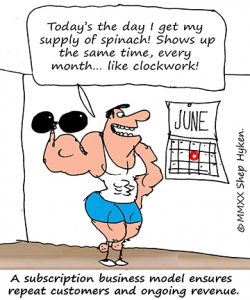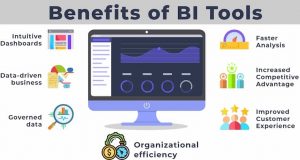Task 1: Generate a Unique Tracking Code for New Campaign Initiatives
This part looks easy on the surface, but it carries some hidden complexities. Generating a random string for every new initiative is surely no challenge for a computer, and robust tracking systems such as Adobe Analytics would have no difficulty marshaling all of those random codes on the reporting side. But very rarely will you see companies using that method. Companies generally come up with their own custom recipe for assembling tracking codes, which emerge as a daisy-chained string of descriptors, like these:
02_PEP_31477_PepsiNext sea:search:default:na ppc-gg:www.google.com:keyword na
SEM:Bing:Desktop:2014_Q2_PLA:SC_PLA_iPhone_5c_yellow_16gb:broad
As you can see, tracking code syntax is a free-for-all. Some organizations settle on simple patterns with only a few moving parts, while others extend their codes to include everything and the kitchen sink. There are no rules enforced anywhere, not for application of uppercase vs. lowercase letters, not for the delimiters you use to divvy up your codes, and not for the meta data components you’ll push into each tracking code. The only rules that matter are the ones each organization establishes on its own terms.
Other tracking code generators (i.e., our competitors) seem intimidated by this unstructured universe, and will typically try to push their own syntactical recipe upon their clients. That’s not how we operate. We not only allow you to follow your own patterns, we want you to. Sincerely. Why? Because we developed a program that reverse-engineers your favorite patterns, and derives the significance of each component part. Understanding what sorts of codes you’ve created in the past enables us to predict what tomorrow’s codes should look like. And it also lets us automate the next task.
Digital & Social Articles on Business 2 Community(19)






